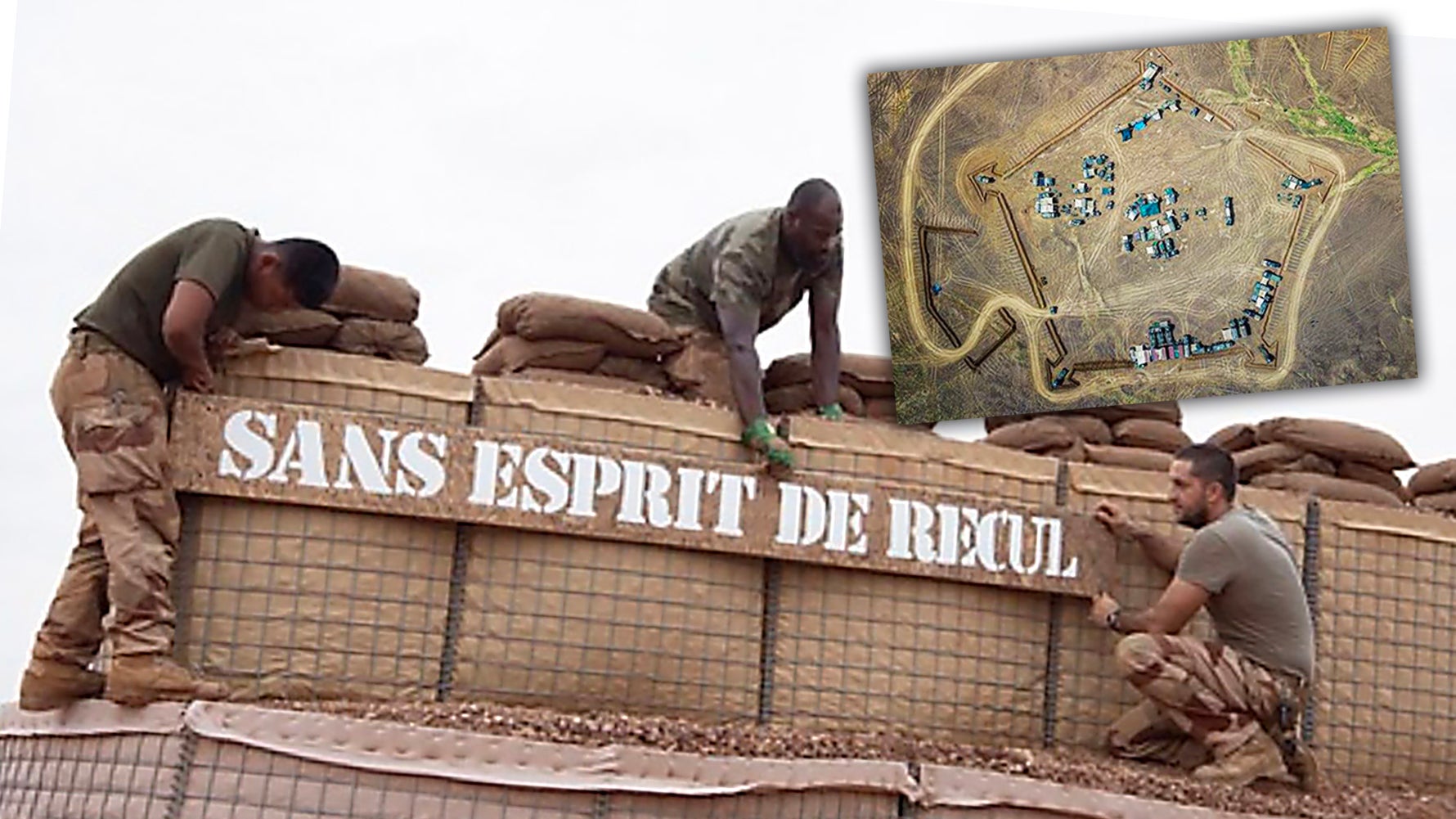An engineering detachment from the French Armed Forces recently completed work on an unusual star-shaped camp at Labbézanga in northern Mali. It’s not the first of the country’s military construction projects in Africa that owe more to the era of the European renaissance period than the 21st-century.
The work was undertaken as part of Operation Barkhane, France’s military effort in the Sahel region, which encompasses Burkina Faso, Chad, Mali, Mauritania, and Niger, and which began on August 1, 2014. The main hub of the French military operations in Mali is Gao, a city in the middle of the country. This is also home to France’s most important base in the Sahel region of Africa, which separates the Sahara Desert from the true Sub-Saharan portion of the continent. From here, the French Armed Forces are mounting a campaign against terrorist armed groups affiliated with both Al Qaeda and the Northwest African branch of ISIS.
According to a French Ministry of Defense press release from August 14, 2020, work on the Labbézanga camp on the River Niger began last June 1. “After six weeks of hard work in demanding climatic conditions, the Labbézanga camp is now complete,” the ministry noted.
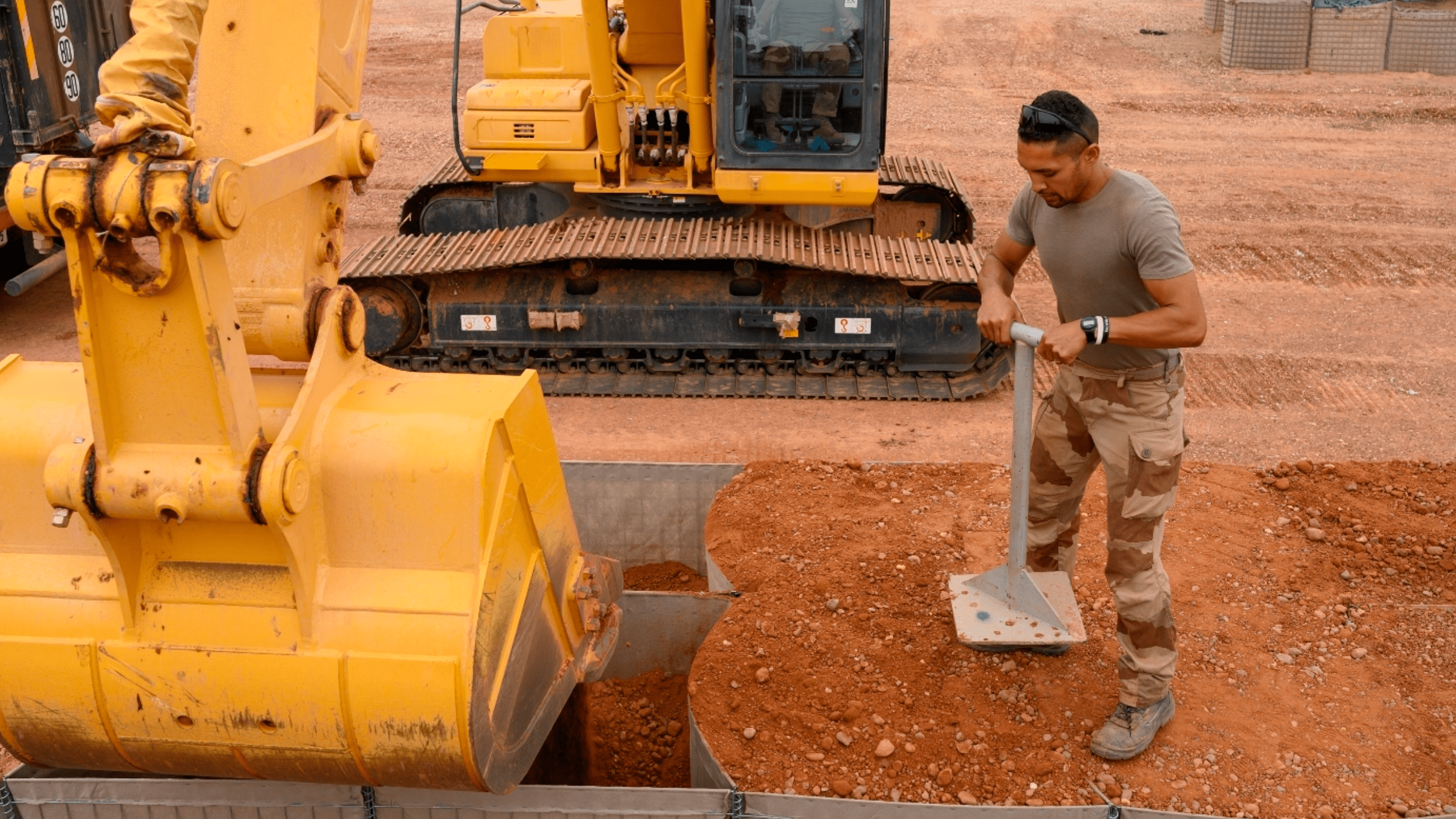
“Where only sparse vegetation grew two months ago, there is now a camp whose defense system is based on the proven concept of a star-shaped stronghold,” the press release continued. “Established on a position overlooking Labbézanga and offering views over a long distance, the camp will allow its occupants to hold the position.”
Interviewed by the French Ministry of Defense last July, a spokesperson for the Barkhane force commander in Gao, known only as Colonel Michel, explained a little more about the background to the fortifications:
“The star fort is a revival of old concepts that are well known to the French Army. But it was the subject of a joint study with the FAMa, benefiting from their knowledge of the enemy and the terrain. As partners, we have shared our experiences to develop this new concept of the fort. This camp demonstrates a common will to put strong and visible structures on the ground, capable of showing to the population and to the terrorists the will of the FAMa to take root in the landscape. It will also be a sign of future settlements since it’s a model that will hopefully be developed throughout [eastern Burkina Faso, southwestern Niger, and southeast central Mali]”
The French Ministry of Defense released three accompanying photos showing the fort at Labbézanga under construction, but so far haven’t provided any aerial views of its layout.
However, an idea of what it probably looks like has been provided by Twitter user @Marsattaqueblog, who has posted a photo of a similar fort near Ménaka in Mali. The construction of that forward base, which was in use at least as of 2018, was the work of the 17th Parachute Engineering Regiment — who helpfully “signed” it with the numeral 17 just outside the perimeter.
The Ménaka fort has been described as being built in the “Vauban style,” a reference to the star-shaped bastions constructed by the French military engineer, Sébastien Le Prestre de Vauban, during the reign of King Louis XIV, France’s “Sun King,” who ruled the country from 1638 until his death in 1715. Today, Vauban’s 12 surviving fortifications along France’s borders are on UNESCO’s list of World Heritage Sites.
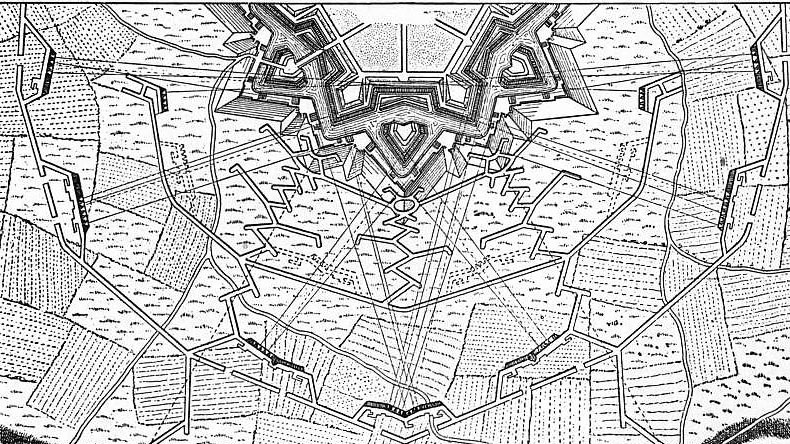
While Vauban’s bastion forts are today some of the best known of their type, it’s worth noting that similar fortifications exist around the world. Taking the star fort as an example, these were employed by Michelangelo for the defensive earthworks around Florence, in renaissance Italy, and their influence spread across Europe and beyond in the three centuries that followed.
Surviving examples include those at Elvas in Portugal and Fort Saint Elmo on the Mediterranean island of Malta. There are many more similarly shaped bastions forts still standing in North and South America, Asia, and Africa, as well.
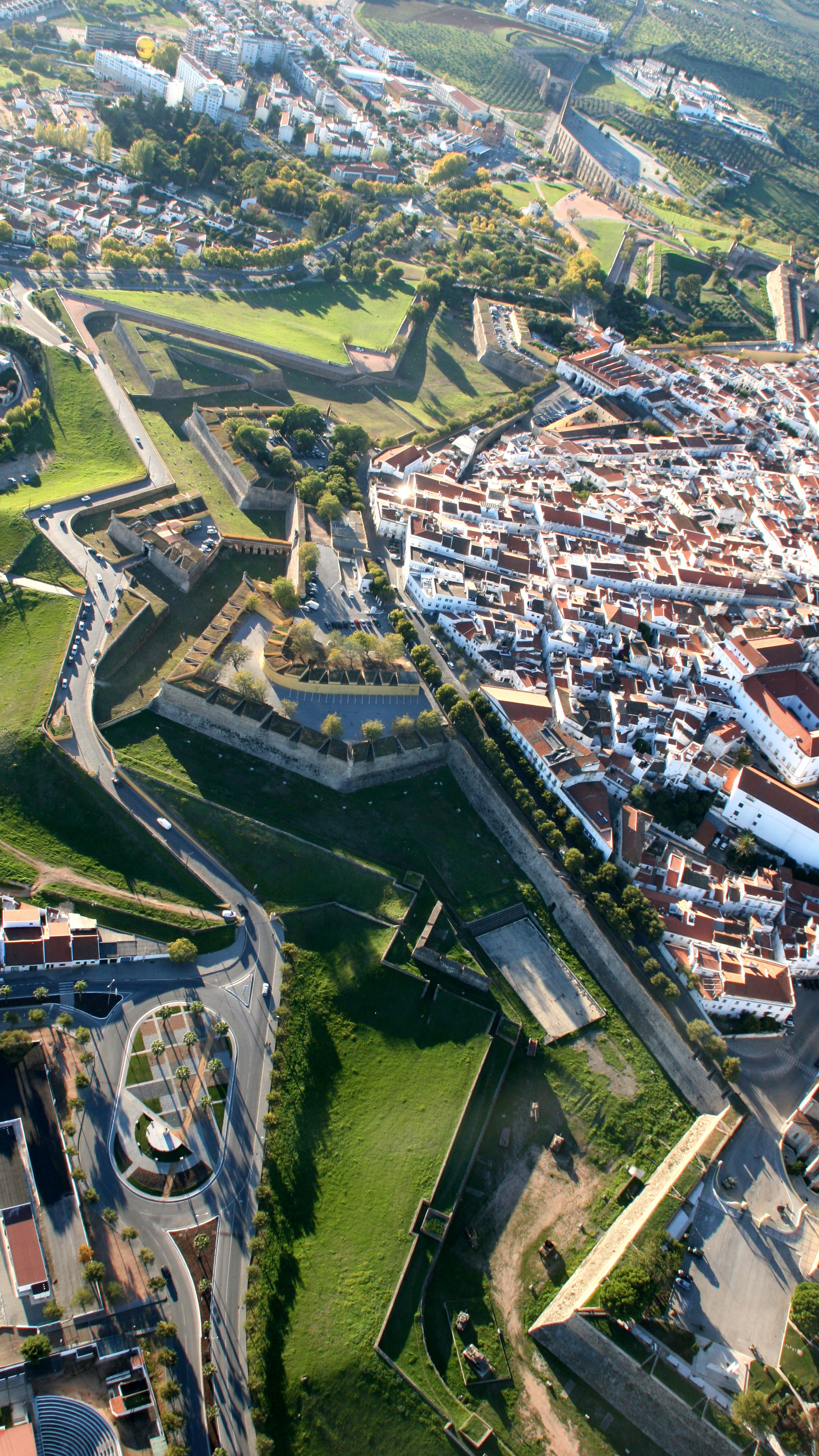
While the design of these more recent polygon-shaped forts in Mali appears anachronistic, it’s clear that the French still recognize the utility of a military construction that dates back to early-modern times. Then, as now, the bastions at the corners of the fort eliminate blind spots and permit defensive fire from protected positions. They are also fairly easy to construct using only limited building materials — primarily simple walls filled in with sand and earth, offering good protection against direct fire.
The nature of the threat facing the French and their allies in Mali was made abundantly clear last July 17, when a Malian soldier was killed and two others wounded in an ambush on a convoy moving between Labbézanga and Gao. In response, French combat aircraft and attack helicopters struck terrorists close to Mali’s border with Niger, killing nine.
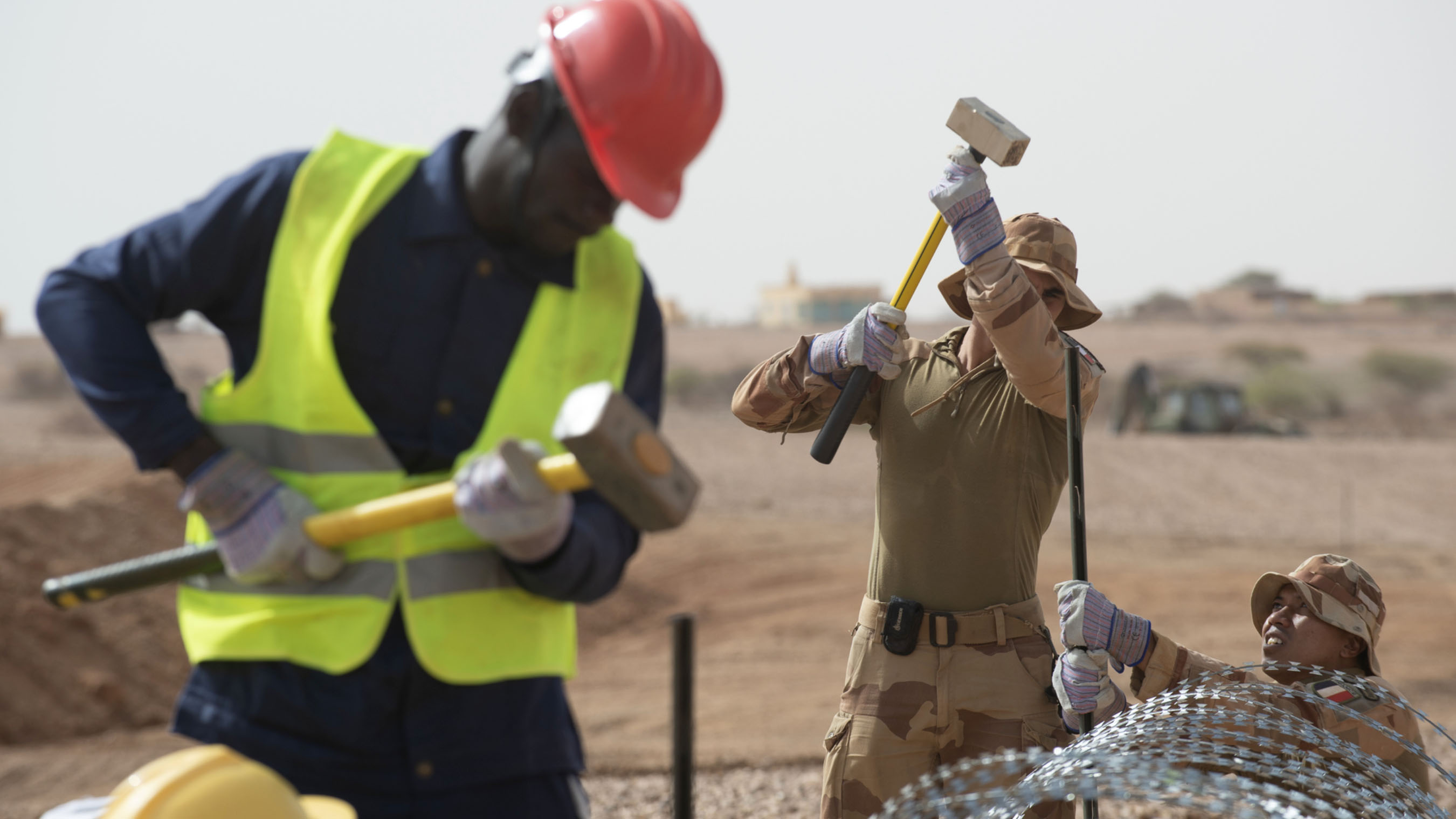
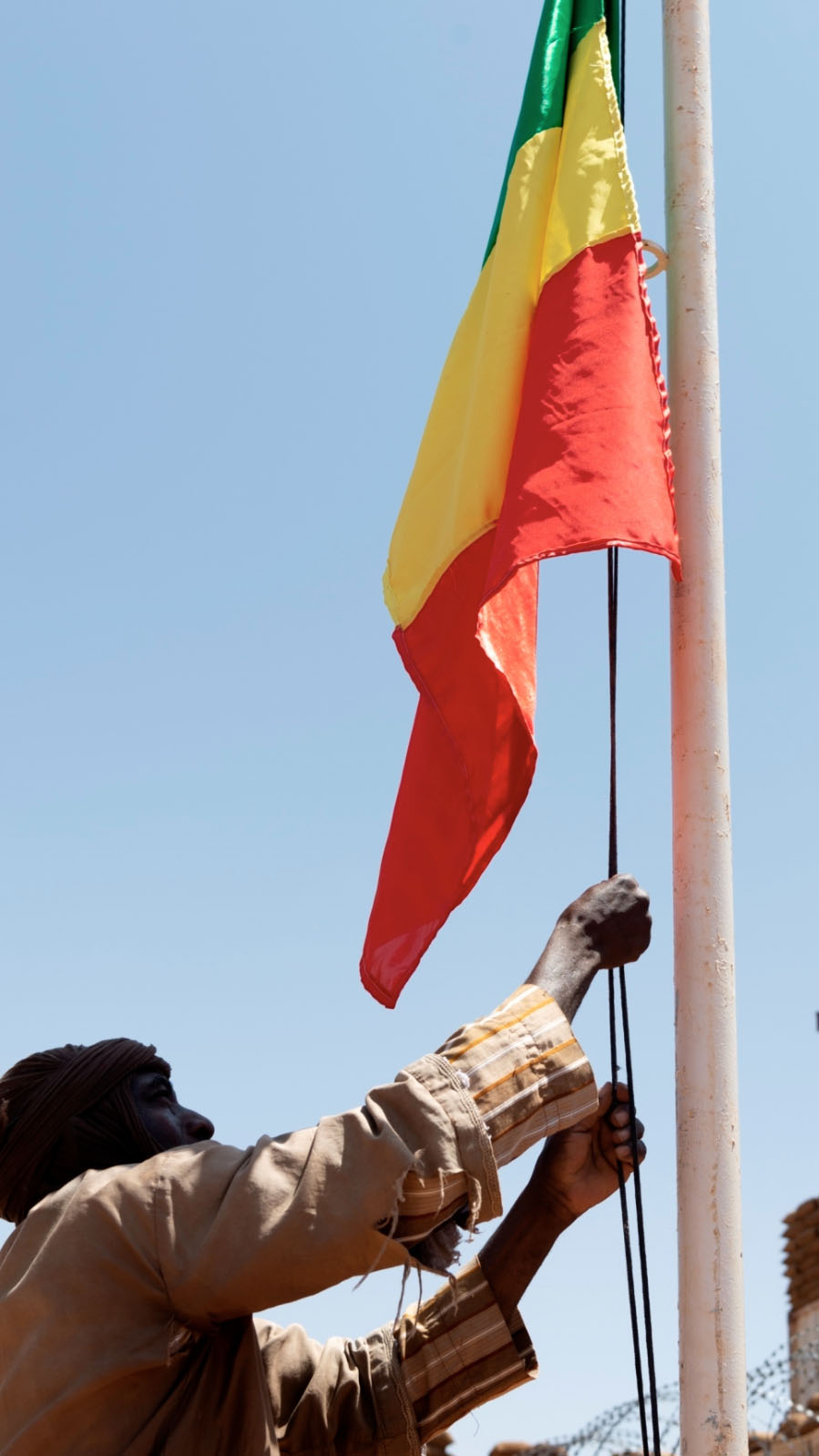
The “bastion” camp at Labbézanga was technically handed over to the Malian Armed Forces (Forces Armées Maliennes, or FAMa in French) on July 23 and the French forces responsible for the project then returned to their base at Gao. The French troops have provided the FAMa with specific training in how to operate the fortification, including maintaining guard posts, and the various entry and exit points. They’ve also been taught how to operate the fort in combat conditions, relief of wounded while under fire, as well as how to optimize motorized and foot patrols around the fort.

France’s star-shaped bases in Africa might look like throwbacks to a pre-industrial age, but, like their forebears, they have been designed from the outset for ease of defense, their geometric layout still providing the same mutual protection that helped defend soldiers in the era of Louis XIV. And for this reason, we are likely to see them crop up in other places the French military finds itself engaged in the African continent.
Contact the author: thomas@thedrive.com
